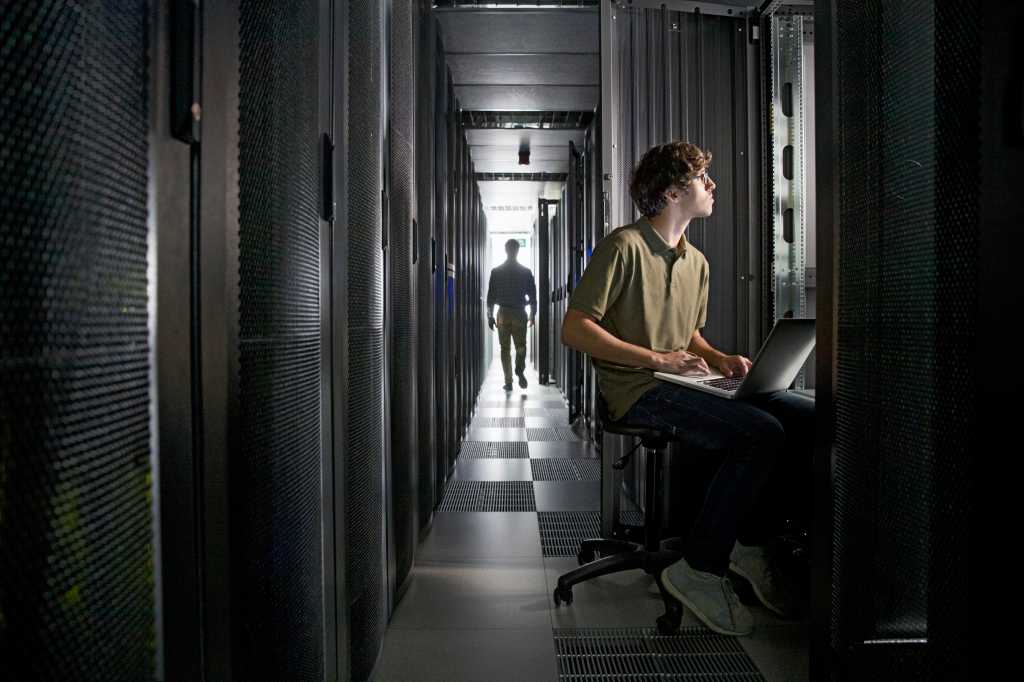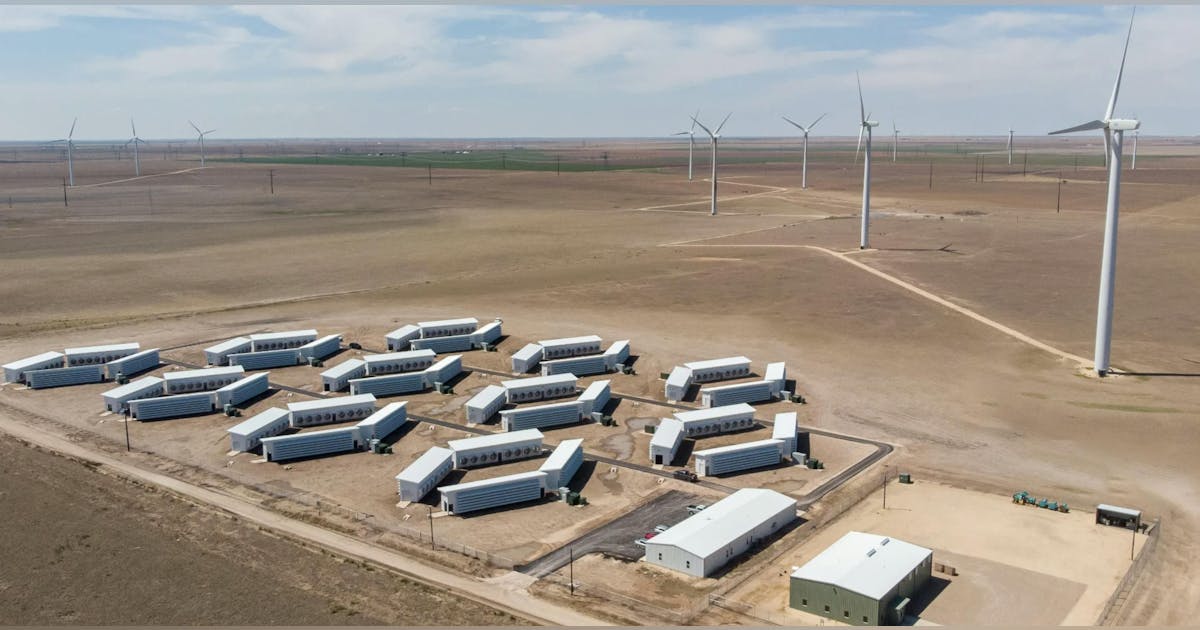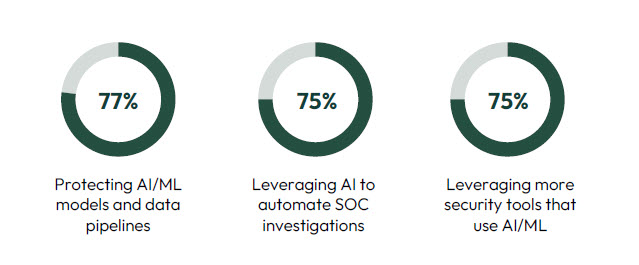Shell is evaluating the possibility of mounting a takeover bid for its rival BP, according to media reports.
The speculation comes as BP’s share price continues to slide amid a “strategic reset” and “disappointing” Q1 financial results.
Bloomberg, citing people familiar with the matter, reported that Shell is working with advisors on a potential acquisition.
However, Shell is reportedly waiting for further stock and oil price declines before deciding whether to pursue a bid.
Since the start of 2025, BP’s share price has fallen by about 13% amid global economic uncertainty due to US President Donald Trump’s trade policies.
Over the past 12 months, BP’s valuation has dropped by almost a third as its shares have lagged behind its supermajor rivals since the departure of former chief executive Bernard Looney.
His replacement as CEO, Murray Auchincloss, has since unveiled plans to slash investment in its low-carbon efforts by $5 billion in an attempt to turn BP’s fortunes around.
 © Supplied by BP
© Supplied by BPA decision on whether Shell will launch a bid for BP will likely depend on whether BP’s share prices continue to fall, Bloomberg said.
Industry analysts have long hinted at the potential merger of BP and Shell, particularly in recent years as their stock valuations continue to trail their American rivals.
In response to the Bloomberg story, a spokesperson for Shell said: “As we have said many times before, we are sharply focused on capturing the value in Shell through continuing to focus on performance, discipline and simplification.”
BP declined to comment on the reports.
Shell chief executive Wael Sawan told analysts on Friday that while the oil giant “will keep looking at inorganic opportunities” for growth, he currently sees buying back Shell’s own shares as the best value transaction for the firm.
Oil and gas mega mergers
If a deal to combine Shell and BP finally did go ahead, it would likely stand as one of the biggest deals ever in the oil and gas industry.
The sector has seen significant consolidation in recent years, with US supermajors Chevron and ExxonMobil making bids for rival firms.
In 2023, Chevron launched a $53 billion takeover attempt of US-listed rival Hess, while ExxonMobil agreed to buy Pioneer Natural Resources for $59.5 billion, the supermajor’s largest takeover in more than two decades.
The takeover trend has also taken hold in the North Sea offshore sector.
Supermajors Shell and Equinor announced last year they would combine their North Sea assets, while Ithaca Energy and Eni have also announced a tie-up.
More recently, Spanish operator Repsol is set to combine its North Sea assets with NEO Energy.
Harbour Energy also completed its $11.2bn buyout of German rival Wintershall Dea last year.
While the deal looks to be on hold for now, EnQuest has also considered a takeover of North Sea rival Serica Energy in recent weeks.
The flurry of mergers and combinations led EnQuest’s Bseisu to observe that ““the writing is on the wall for the North Sea”.





















